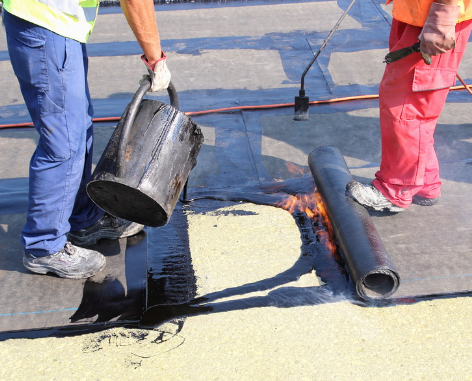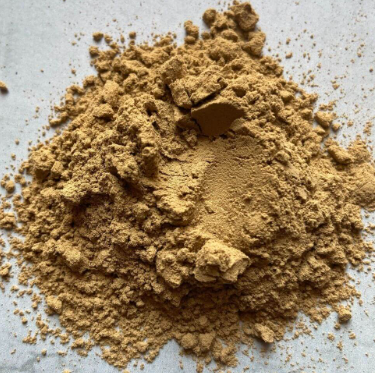- Understanding the Role of Geomembrane Liners in Waste Management
- Innovations in Geomembrane Liners for Water Management
- Geomembrane Liners: A Comprehensive Guide
- The Future of Geomembrane Liners in Civil Engineering
- Geomembrane Liners: Enhancing Landfill Stability
Manager:Alvin Wang
WhatsApp:+62 8983806051
Tel:+86 10-5797-1075
Email:steelwang@okorder.com
Address:3rd Floor, No.2 Building, No.1 Sanlihe Road
How many types of bentonite are there?
Bentonite, a versatile clay material with many industrial applications, has come under spotlight due to its unique properties. One of its outstanding uses is in construction – as bentonite blankets. These blankets function well as barriers in many engineering activities such as landfill liners, pond liners and groundwater barriers. However, the effectiveness of these blankets made from different types of bentonite may differ considerably. This paper looks at the various forms commonly used in bentonite blankets entitled “How many types of bentonite are there?”.

Understanding Bentonite Blankets
Before we discuss the different types of bentonites found in blankets, it is important to first understand what they do in construction projects. Known also as bentonite clay liners or simply geosynthetics that are lined with Bentonite, these materials serve containment functions where liquids or gases need not move further. In most cases these consist of a layer comprised between two layers of Geotextiles forming an impermeable and durable barrier.
Types of Bentonite
1. Sodium Bentonite
Sodium Bentonite is one form that is frequently used for various purposes including making up bends blanket for constructions works. When this type gets into contact with water, it swells amazingly making it very good at keeping fluids away from going through it and thus providing great barriers against fluid migration Sodium bentonite on hydration results into a gel-like barrier which prevents any liquid from flowing across the blanket's thicknesses. As such even during diverse environmental variations this expansive property ensures sealing tightness.
2.Calcium Bentonite
Calcium bentonites on the other hand are non swelling clays unlike sodium ones which swell though slightly once hydrated reaching smaller levels when compared to those achieved by sodium ones respectively Calcium bentonites are often used where moderate degrees of swelling will suffice like making bends blanket for easy containments Calcium’s lower swelling power may also mean savings on the same.
3. Mixed Bentonite
The blended bentonites involve a combination of sodium and calcium bentonites. This is an ideal blend for many applications including making up bentonite blankets. The ratio of sodium to calcium bentonite can be varied in mixed bentonite to fit individual project requirements. This adaptability has made it a preferred choice by engineers and contractors looking to achieve peak performances from their containment systems.
4.Polymer-Modified Bentonite
Polymer-modified clay constitutes the next generation of traditional bentonite formulations in which polymers are added to change some characteristics. Within the context of the present study, polymer-modified clays might exhibit enhanced tensile strength, puncture resistance, and stability compared with unmodified clays due to better mechanical properties such as these. In this scenario, when faced with difficult situations demanding extra support in order to achieve long life and efficient containment works, these improvements become highly valuable.
5.Granular Bentonite
Granular Bentonite comes in a different form from normal powdered clay which we are used to seeing on the market. It is usually incorporated into geotextiles or added as an auxiliary material during construction of bentonite blankets for improved sealing effectiveness. Its handling convenience and placement makes it possible for quick installation in diverse types of containments.

CONCLUSION
In conclusion, selecting the appropriate kind of bentonite for a particular project is a critical process that demands careful evaluation of several key factors such as site conditions, intended application and performance requirements. Swelling capacity, permeability, durability, and compatibility are some of the parameters that engineers and contractors have to examine in order to select the most suitable type of bentonite.
Bentonite blankets are very important as far as modern construction projects are concerned because they offer dependable containment solutions for various purposes. One has to know different types of bentonites used within these blankets so as to be able to choose the right material required by specific project needs. The sodium type which swells highly or calcium type with moderate swelling levels; all these materials have their own unique characteristics which make them effective in general on the entire blanket. By analyzing carefully abilities of these types and other properties, strong settlements systems which meet high quality and reliability standards can be designed by engineers and contractors.”
-
2024-05-15How long does bentonite waterproofing last?
-
2024-05-15What is bentonite used for?
-
2024-05-15What happens when bentonite gets wet?
-
2024-05-15Does bentonite go bad?






